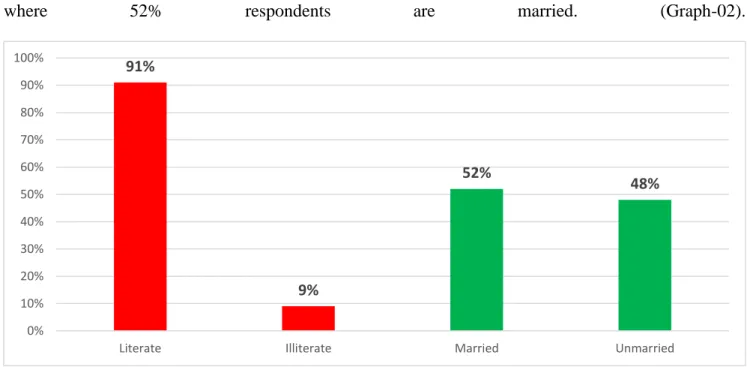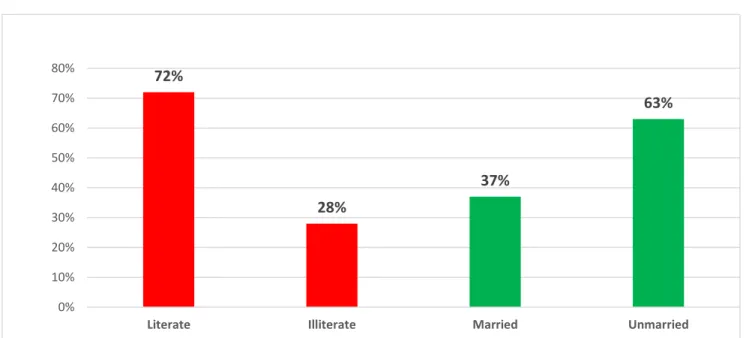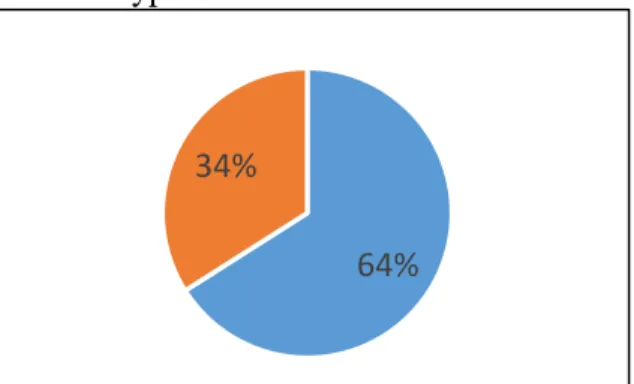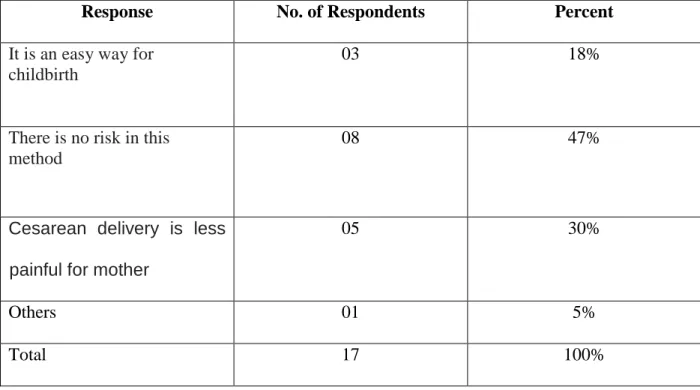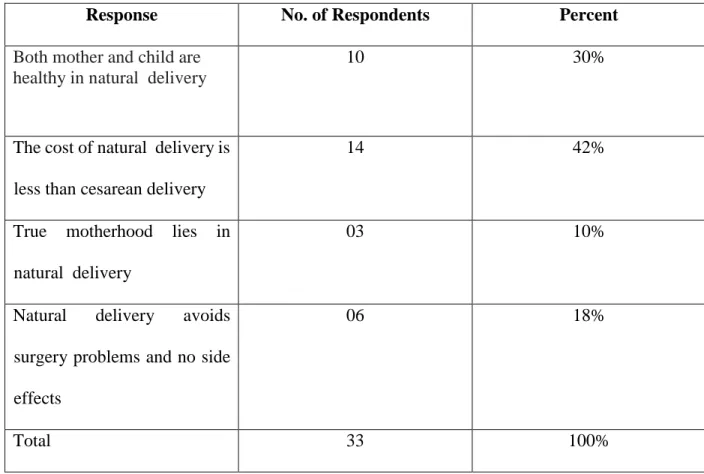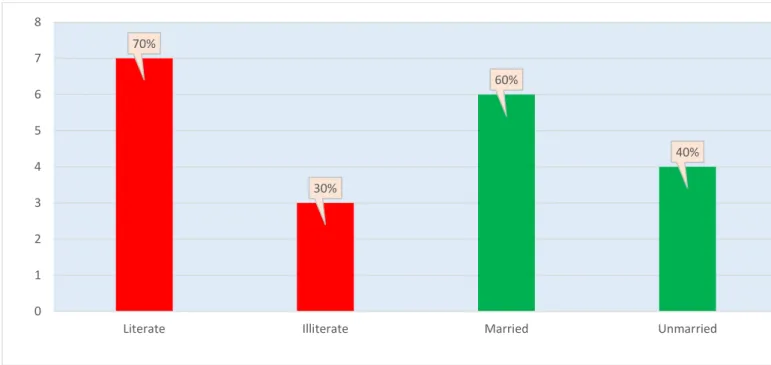I have completed my dissertation on 'Men's Knowledge, Attitudes and Practices of Maternal Health in Rural Bangladesh: A Case Study of Kulla Village' as a course requirement for my graduate program. This is to confirm that Feroz Kabir ID has done his thesis titled ''Men's Knowledge, Attitude and Practice of Maternal Health in Rural Bangladesh: A Case Study of Kulla Village'' under my supervision and guidance. The study was conducted in partial fulfillment of the requirements for the Master of Social Sciences (MSS) in Journalism and Mass Communication at Daffodil International University. The study is expected to contribute in journalism and mass communication as well as in further study on 'Men's knowledge, attitude and practice of maternal health in rural Bangladesh'.
Sheikh Mohammad Shafiul Islam, Associate Professor of Journalism and Mass Communication Department at Daffodil International University. The present study was conducted to determine men's awareness and contribution to maternal health care and to assess their attitudes towards their partners. The status of men's knowledge and awareness of maternal health care is largely unknown in rural Bangladesh, and the effect of community-focused interventions on improving men's knowledge is largely unexplored.
This study reveals the extent of men's knowledge and awareness of maternal, neonatal and child health issues between intervention and control groups. The qualitative and quantitative methods of questionnaire survey will be used to collect and analyze data in this study where the village of Kulla in Dhamrai Upazila is purposefully selected as a case study area for men's knowledge, attitude and practice of maternal health in rural Bangladesh. The survey shows that most of the men are careless about maternal health and most of them have no idea about an important matter of maternity.
Introduction
Rational of the study
Introduction of the village
Objectives of the study
Literature review
The marked rate of deterioration was about 3.6 percent per year, compared to the average annual rate of decline of 3.1 percent needed to meet the Millennium Development Goals in 2015. The majority of women (54.6 percent) received care from a health professional to the contractor, e.g. doctor, nurse. , Midwife, Family Worker (FWV), Trained Birth Attendant (CSBA), Medical Assistant (MA) or Medical Assistant Assistant (SACMO). The urban-rural gap in reproductive care coverage remains large: 74.6% of urban women receive prenatal care from a qualified provider, compared to only 48.9% of rural women. In the public sector, 64 percent of all employees are involved in health services.
36 percent of deliveries were attended by SBAs: 22.9 percent in health facilities and 12.5 percent at home. Of the 22.9 percent deliveries in facilities, 12.7 percent occurred in private facilities, 9.2 percent in government facilities, while only 0.7% occurred in community-based organizational facilities. Cesarean sections were performed in 10.9 percent of the study population, while 94 percent and 27 percent had at least one prenatal and postnatal care visit, respectively.
Most of the rural expectant women who received pregnancy care, 33 percent had their last visit at government facilities, 17 percent at community clinics, 24.6 percent at private facilities, and the remaining 27.8 percent were at home. By type of service provider, 32.6 percent received their last pregnancy care visit from qualified physicians, 37 percent from community-based paramedics (including home-based SBAs), 25.5 percent from government paramedics, and 6.2 percent from casual benefactors (including TBAs and village doctors).
Sampling Method: Selection of sampling design
In this study, both the qualitative and quantitative methods will be used for the collection and analysis of data. To collect information and data from both the primary and secondary sources, various methodologies will be used in this study.
Population of the research
Survey Method
Definition of terms
Men's perception of maternal healthcare: The survey shows that 100% of the total respondents seem very positive and aware of the maternal healthcare of women.
Men’s perception about maternal health care
The reason for pregnant women to be cared for health
The remaining percentage of the respondents told about "to ensure good health of pregnant women" as another reason with the rate of 16%.
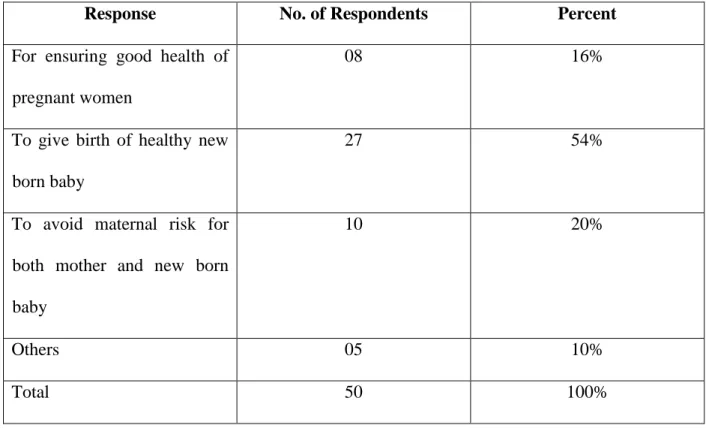
Men’s knowledge about balanced diet
Preferable child bird method of men
Preferable Childbirth Method for Men: There are two types of delivery methods which are natural delivery and another one is caesarean section.
The reason for preferring Cesarean method
The reason for preferring natural childbirth method
14% of respondents said natural childbirth costs are lower than caesarean section and 6% said it avoids surgical problems and side effects.
Check-ups during pregnancy
Check-ups during pregnancy: During the pregnancy period, every woman must be checked at least 4 times at the health center. The findings show that only 10 people can give the correct answer to this question. Most illiterate men have no idea about the minimum checks during pregnancy, which can be understood by seeing the 30% percentage in the graph.
About 60% of men who got married can give the correct answer to this question, while the proportion of unmarried men is 40%. Daily timings of meal for pregnant women: During the period of pregnancy, a woman should eat their meals five times a day.
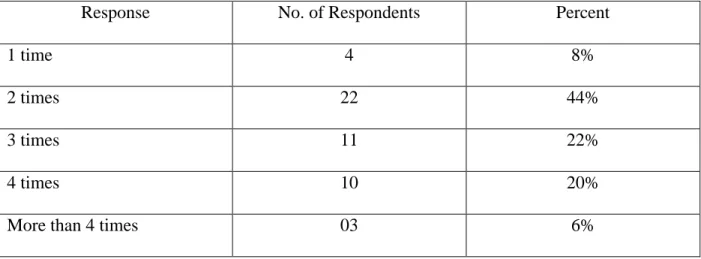
Daily times of taking meal for pregnant women
Danger signs of pregnancy:
Men's knowledge of danger signs: Most of the respondents do not know about the danger signs of the pregnancy period.
Men’s knowledge about danger signs
Men’s attitude during danger signs occurred
Men's knowledge about TT vaccines for pregnant women: TT vaccine, also known as tetanus toxoid (TT), is a vaccine used to prevent tetanus.
Men’s knowledge about TT vaccines for pregnant women
Men's knowledge about pregnant women's rest: Normally, people should sleep 8 a day.
Men’s knowledge about taking rest of pregnant women
Men's knowledge about preparing for the maternity period: Preparing for the maternity period means mastering everything before childbirth.
Men’s knowledge about maternity period preparation
The name of the preparations for the maternity period: During the maternity period, money is needed to handle everything properly.
The name of maternity period preparations
Feeding methods for newborns: The study shows that most people prefer the breastfeeding method for the newborn baby.
Feeding methods for newborn
Men’s knowledge about minimum breast feeding time for newborn
Lack of knowledge about maternal health: A study shows that most men are negligent about maternal health.
Lack of knowledge about maternal health
Other findings show that most men are very careless with vaccines and health checks during pregnancy. The research also shows that during pregnancy, mothers are instructed not to see anything frightening, bad or negative. Married men are more knowledgeable than singles: The findings show that married men are more aware and better informed than singles.
Married men are more knowledgeable than bachelors
Educated men are more knowledgeable than illiterate
An anxious mother is always stimulated to be surrounded by beautiful images and a comforting atmosphere to direct positive energy to the baby. With improved communication disorders, a dangerous crowd of men can be created who are aware of what can be done to improve the health of women and children, especially in relation to childbirth, basic newborn care and postpartum. This research shows where men congregate to socialize. Program involvement should be targeted at informal settings such as fairs, markets and tea stalls to reach as many men as possible.
Regarding the content of behavior change communication messages, we reach that there are likely to be gaps in men's knowledge of two crucial and life-saving components: birth preparation and newborn care. In any case, the government should take necessary steps to introduce these components to all classes of people at the earliest possible date and then we expect an improvement in the knowledge of men in the future. Policy Research Unit (PRU) Ministry of Health and Family Welfare Government of the People's Republic of Bangladesh: Health Systems Development Programme.
The role and impact of NGOs in capacity development From the replacement of the state to the revival of education :Author:IngerUlleberg. The role of private and other non-governmental organizations in primary health care : Authors: GustaafWolvaardti Jack van Niftrikii Brad Beiraiii William MaphamivTienieStanderv 6. Maternal Healthcare in Bangladesh and Gender Equity: A Review Article Lori Maria Walton DPT, Ph.D Andrewdocs University, loript @gmail .com BassimaSchbley MSW, Ph.D.
Maternal Health Supplies in Bangladesh written by Jennifer Bergeson-Lockwood, Elizabeth Leahy Madsen and Jessica Bernstein.


